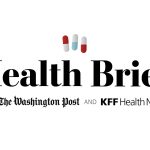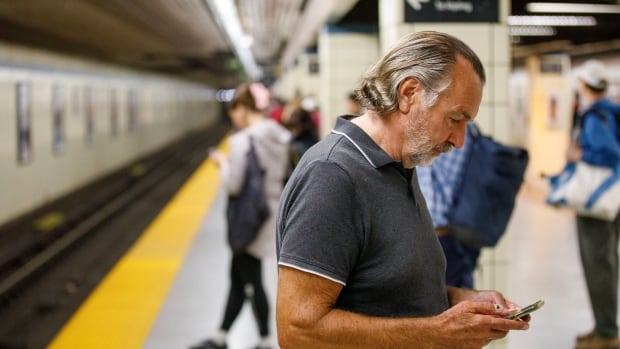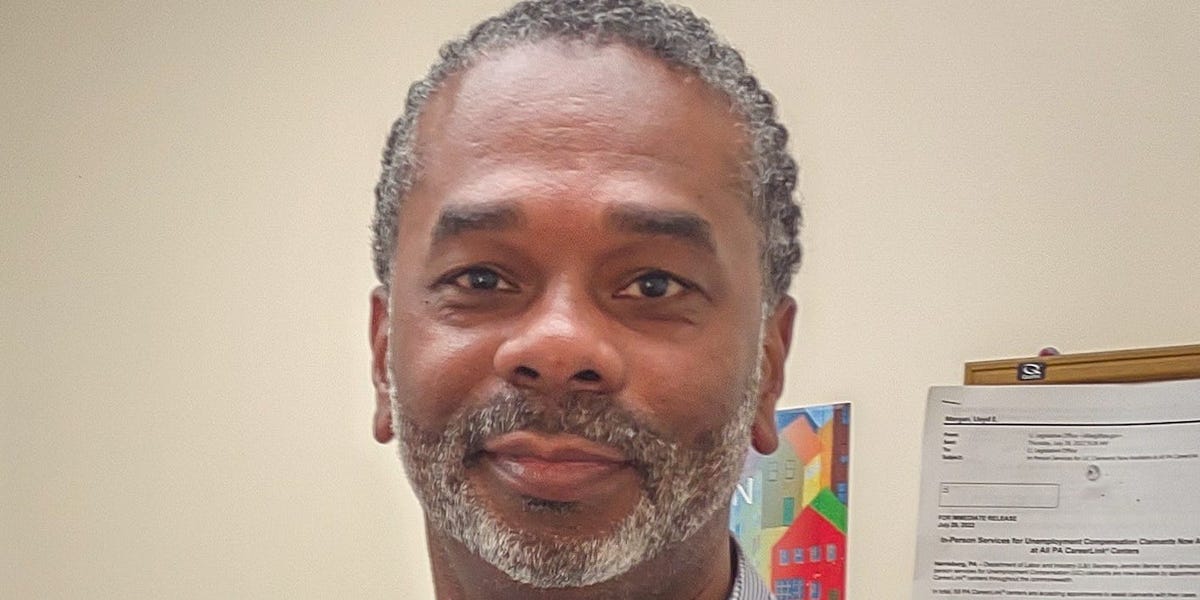All riders on Toronto’s subway system will have cellphone service starting Oct. 3, the Federal Minister of Innovation, Science and Industry announced on Monday.
Speaking at a news conference at Toronto City Hall, François-Philippe Champagne had a strong message for Canada’s major telecom providers: “enough is enough.”
“That is the message that I’m sending to the telcos on behalf of millions of TTC riders who have been very, very patient,” he said. “We are forcing the telcos to ensure that all subway users, regardless of the service providers they have, have access to mobile services by Oct. 3.”
Champagne said that following an expedited public consultation process, “the licences of all major carriers will be revised to ensure that all TTC riders will now be able to have coverage in the subway system in Toronto.”
The lack of phone service for most Toronto Transit Commission (TTC) riders has been a growing concern since 2012, when Australia’s BAI Communications was awarded a $25-million contract to build and operate the TTC’s public Wi-Fi and cellular network.
Freedom Mobile was the only company to sign on to provide coverage to its customers.
For more than a decade, customers not with Freedom have been unable to use BAI’s network except for 911 emergency calling, but calls to make the system work for all Torontonians resurfaced earlier this year after a recent spate of violent incidents on the TTC.
The telecom companies have clashed for months over TTC network access and the commercial terms around it.
In August, Rogers Communications Inc. rolled out 5G wireless service to its customers in core parts of the city’s downtown subway network, but a feud continues with other major carriers over terms of access for all transit riders.
Rogers has vowed to make the upgraded system accessible for other mobile carriers to provide wireless coverage to their customers. That includes honouring BAI’s previous contract with Freedom Mobile.
Bell and Telus both have advocated for a joint build of the subway’s 5G network using a consortium model similar to that of Montreal’s Metro system, rather than a pay-for-access approach. Rogers has not publicly committed to either model.
However, Champagne said “it is simply unacceptable” that the more than 2 million people who use the subway daily “still do not have access to wireless services.”
According to the minister, for many TTC users, getting on the subway is like “riding in perpetual airplane mode.
“I’m here today to tell you that those days are over. Time is up, and that’s why we’re going to be acting decisively to change that for millions of TTC riders,” he said.
Following an expedited public consultation process, Champagne announced the licences to operate of all major carriers will be revised to ensure all TTC riders will be able to have coverage in the subway system.
Companies could face penalties, minister says
In practical terms, this means that “all major carriers will have to offer voice, text and data services, including, obviously, 911 service, by Oct. 3 on the current wireless network in the subway system in Toronto,” Champagne said.
He said this will be followed by full service in all tunnels and stations across the network as soon as it’s feasible.
“Make no mistake, should mobile carriers fail to meet these conditions, I will not shy away from taking further action as appropriate,” Champagne said.
“Not only [do] I expect them to follow what we’re demanding, what we’re requiring, I think it would be in their best interest as millions of Torontonians are using, and want to be using, their services, and are going to be watching.”
If the companies fail to act, Champagne said that mandatory penalties would be imposed, including suspension or revocation of their spectrum licence.
“This is very serious business,” he said.
‘A happy day’ for subway riders, mayor says
Mayor Olivia Chow welcomed the announcement, saying “today is a happy day. All the transit riders are going to have a sigh of relief.”
Chow said the availability of cellphone service on the subway means moms and dads would be able to connect with their children when they are on the subway.
“Those that want to do some homework or do some work on the subway, you can do that, you could text,” Chow said.

She also said if people are in trouble, they would be able to connect with someone.
“That sense of security is so important,” the mayor said.
Major telecom providers react
So far, two of the major telecom providers have reacted to Champagne’s announcement.
Rogers spokesperson Sarah Schmidt said the approach reflects what Rogers been proposing all along: to bring 5G services to all riders as quickly as possible.
“Bell and Telus have been dragging their heels and the federal government is now forcing them to work with us in earnest to make connectivity possible for all riders,” she said in a statement.
Schmidt called it “good news for Toronto transit riders” and said Rogers will “continue to work around the clock to upgrade and expand the network so all riders can connect anywhere on the subway.”
Meanwhile, Telus spokesperson Richard Gilhooley said the company is pleased by today’s decision “to compel Rogers to provide access to all carriers on the TTC.”
Gilhooley said Champagne’s order will significantly improve public safety and fair competition.
“It is regrettable that it took his action to force Rogers to do what they had promised to do months ago,” Gilhooley said.
Bell spokeswoman Jacqueline Michelis said the news will mean greater connectivity, convenience and safety.
“With the federal government now forcing Rogers to finally work with other carriers, we look forward to providing our customers with underground wireless coverage in the coming weeks,” she said in a statement.









